Ziegra Ice Machines: Commercial & Industrial Ice Machines - ice machine commercial
Burger originatedrecipe
While the fast food concept had already been cemented by White Castle, and had been soaring in popularity since the 1920s, McDonald’s emphasis on fast and cheap food definitely helped moved the burger along. They introduced the concept of the ‘one minute burger’.
Louis Lassen
Fast food had become greatly established in America by the middle of the twentieth century which is when the larger food chains as we known them started taking their franchises around the world. Wimpy is but one example of a success story who by 1970, had over 500 restaurants in the UK alone.
The cheeseburger origins are contested as there are several claims for this. However, most sources suggest 16 year old Lionel Sternberger was the inventor when he decided to experiment and add cheese to a freshly fried burger when cooking at his dad’s Californian food shop, The Rite Spot.
Why is hamburger called hamburger when there is no ham in it
While the fast food industry was well and truly born and bred around the world, the millennium brought ‘better burger’ chains and gastropubs. This led to the creation of gourmet burgers. There’s a reason hamburgers and fast food burgers are able to be offered at low costs, gourmet burgers invite better cuts of meat, fresh toppings and more flavoursome patties. Traditional burger buns started being replaced by brioche buns and ciabattas.
It all started with the Roman burger. There is a debate as to the burger origins, some people think it was derived in Hamburg, Germany, and that’s how it got its name, however there’s evidence to suggest the patties as we know and love them were actually formed a bit earlier in history. Between the late fourth and fifth centuries AD, there is a recipe featured in the famous Roman cookbook, Apicus. The recipe is for a dish called ‘Isicia Omentata’ which describes a patty made from minced meat (actually minced pork but that’s what was popular at the time), wine, pepper, pine nuts and a rich fish sauce called Garum. While our faces grimace at the recipe, and we become thankful for living in the 21st century when we have McDonald’s and Five Guys aplenty, we can’t deny that the description and images of the recipe appear to be like the burger we’re now familiar with.
At the 1904 St Louis World’s Fair however Old Dave is said to have tried something new, he grilled the meat brown and served it between two thick slices of toast with raw onion on top. It proved to be a hit and he opened up a burger stand as a result. He would serve this alongside French fries, which he is also said to have invented.
The Whopper has undergone many changes to its design, the bun switched to a sesame seed bread in 1970, the weight of the burger increased to 120g in 1985 and the bun was replaced again by a Kaiser roll. The larger than normal burger however proved to be a hit with customers.
Hamburger history
The design of the Big Mac was another revolutionary event in the evolution of the burger. With a three-part bun design, two patties and the special sauce, it paved the way for more creative inventions.
Each of these stages had an impact on the burger becoming known as it is today. You could argue either one of the above events invented the hamburger but in reality, they all played their part. From the Roman’s idea of a meat patty, to the global higher quality patty that started retailing due to the Germans, to Old Dave’s concept of placing the patty between slices of bread, all steps were crucial in the evolution of the burger. It’s certainly interesting to see how the recipes and designs have transitioned over the years to provide us with a menu full of alternative dining options that suit everyone’s wants and needs.
Why is a hamburger called a hamburger
Burger King was another major fast food chain coming into play in America in the twentieth century. Spurred on by a rival restaurant’s invention, Burger King’s founder James McLamore decided there was a market for a bigger burger. It wasn’t until the early 1970s that this idea faced competition when McDonald’s chose to create the Quarter Pounder.
In response for the world’s growing demand for meat, in 2013 scientists from an institute in the Netherlands created the first laboratory made burger. They took cells from a cow and turned them into strips of muscle to create a patty. Whilst there were mixed reactions to the ‘burger’, most comments were positive and agreed the technique had promise. Could this be the future and the direction the modern burger is heading?
Minced meat was a luxury reserved for the middle classes during the medieval era but patties made from fruit and herbs fried in oil were a popular dish across Europe. While the recipe isn’t what we know the burger as today, the fried patty idea is very much resemblant of a burger. As farming improved and meat became more commonplace, the basis for burgers was already in place.
When was the American hamburger invented

Hamburger vsburger
The Age of Discovery meant that minced beef had become increasingly popular throughout Europe in the previous centuries. Hamburg, in Germany, had become particularly renowned for its cattle, and the high-quality beef sourced from their cows was used to create a delicacy called Hamburg Steak. Hamburg Steak involved meat being minced, seasoned and formed into patties, as we’ve previously heard but it was the meat quality that set this aside as a key turning point. Germany during the Age of Discovery also had the largest shipping ports so would often be frequented by sailors. Hot on their lips was this superior burger patty and when they travelled they spread word about this menu option. It was German immigrants however when they moved to America in the 19th century that started replicating this meal, they set up restaurants in places like New York and Chicago serving the ‘Hamburg Steak’. To cater for the American palate recipes slightly changed and garlic, onions and breadcrumbs were added to the patty. Demand became increasingly high for this meal and this is where the global phenomenon starts, and we see the burger being adapted.
White Castle was the first fast food restaurant chain to open. The owner Walt A. Anderson had been operating food carts for many years before he decided to open a diner dedicated to burgers. In 1916 Walt was credited with inventing the hamburger bun and when he opened his restaurant serving square patties in a bun, his burger model became revolutionary. Walt is also credited with creating the kitchen as an assembly food line identifying White Castle as the origin of the fast food industry.
Were hamburgers invented in Hamburg
There are a few claims about how a burger came sandwiched between bread but Fletcher Davis’ version of events is said to be the most likely.
Please include attribution to www.cda.eu with this graphic.

From the go to menu item for the picky eater in a posh restaurant to the fast food must have when you need to grab and go, the burger has solidified itself as one of the world’s favourite foods. While the types of burgers available today are expansive, we’ve decided to take a look at the evolution of the burger to see how this beef sandwich enriched our hearts…
The Big Mac started off under a couple of different names at one of McDonald’s franchises in Pennsylvania in 1967. McDonald’s were trying to compete with the local competition in Pittsburgh trying out new burgers. After the name changed to Big Mac and the sauce was added, it proved popular and became adopted by all US restaurants in 1968.
Now that the Hamburg steak was doing the rounds in restaurants all over America, in 1880 a Texan cook Fletcher Davis AKA “Old Dave” placed the meat between two slices of toast. Originally when the Hamburg steak hit American restaurants it was served raw or lightly cooked, as a breakfast option, accompanied by a raw egg.
Guessing how much butter you need or how long the pasta has been boiling isn't always a recipe for success. Our measuring tools and equipment for cooking put a bit more certainty into your food creations. So maybe you'll finally get around to tackling that cheese soufflé!?
As the low-carb craze hit, KFC created the double down burger – a no-bun burger that consisted of two pieces of chicken with the toppings sandwiched between. While this had been designed as a one-off menu item, after achieving success it has now secured a permanent place in restaurants. Similarly, naked burgers are also becoming commonplace with more people opting to have their burger served in lettuce leaves to avoid the increased carbohydrate consumption.
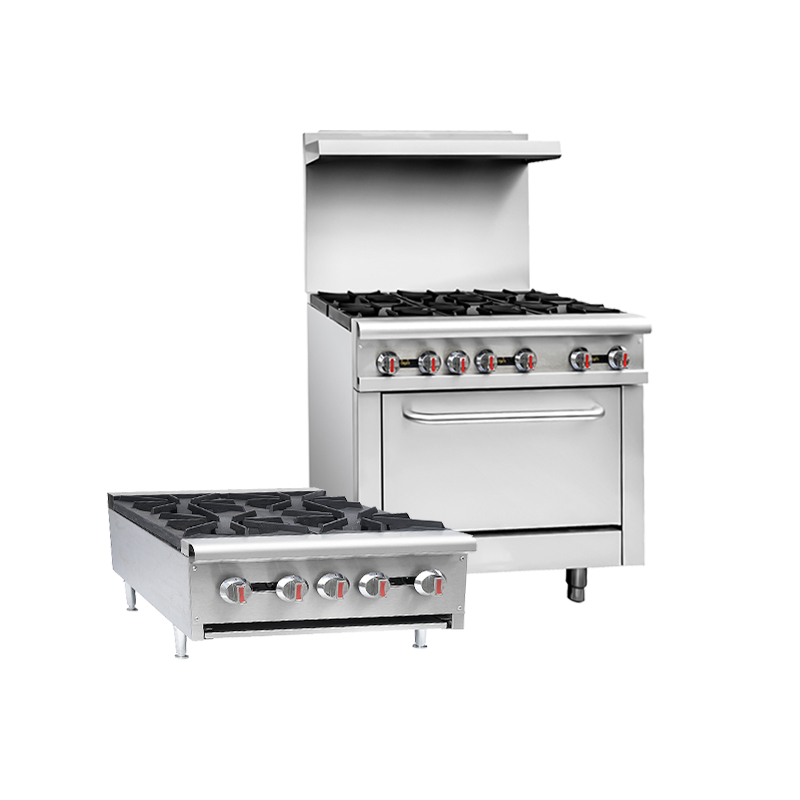


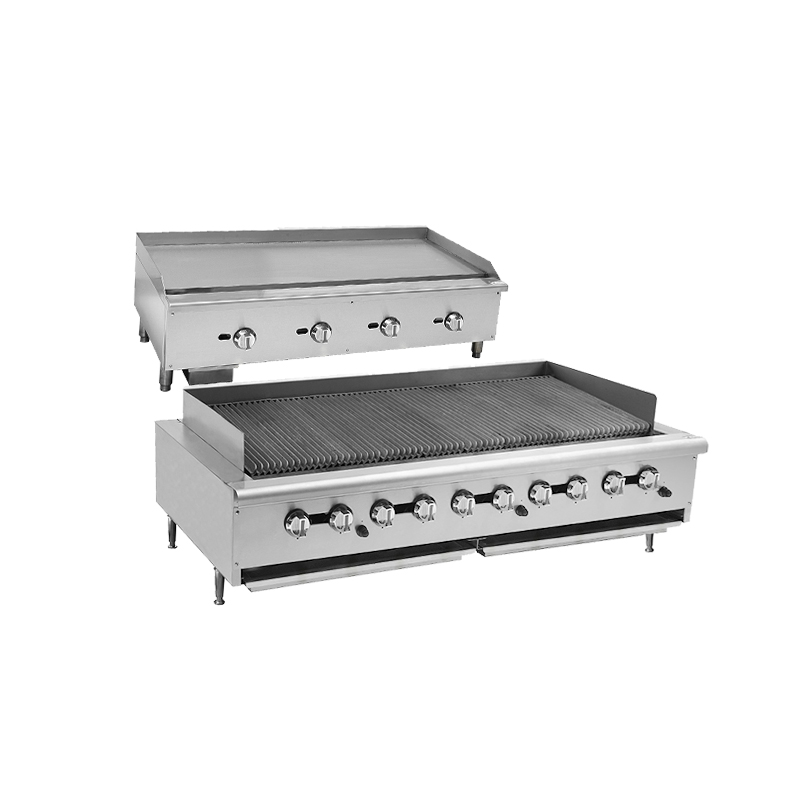

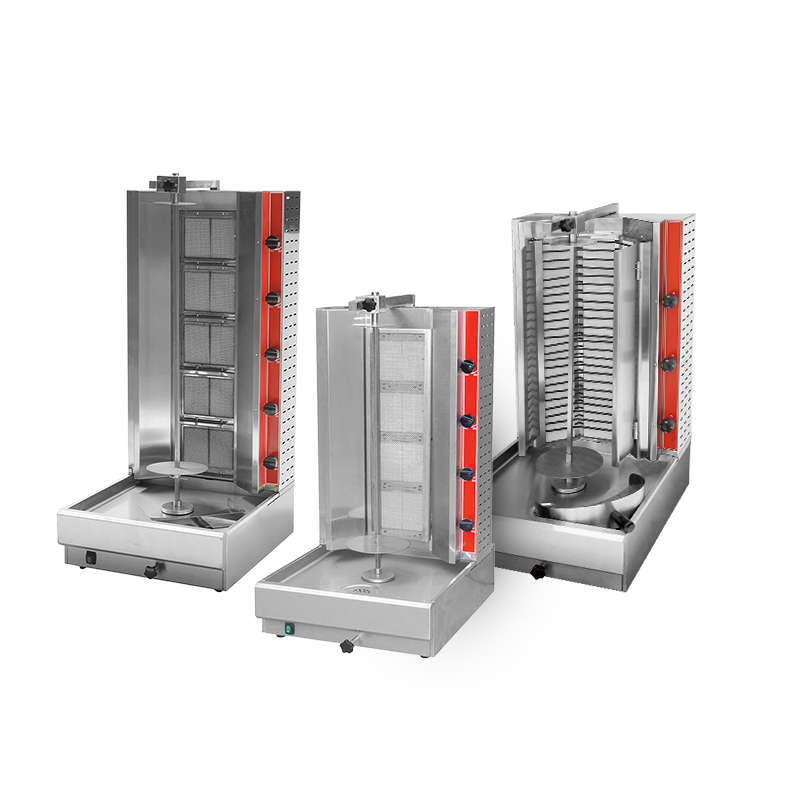

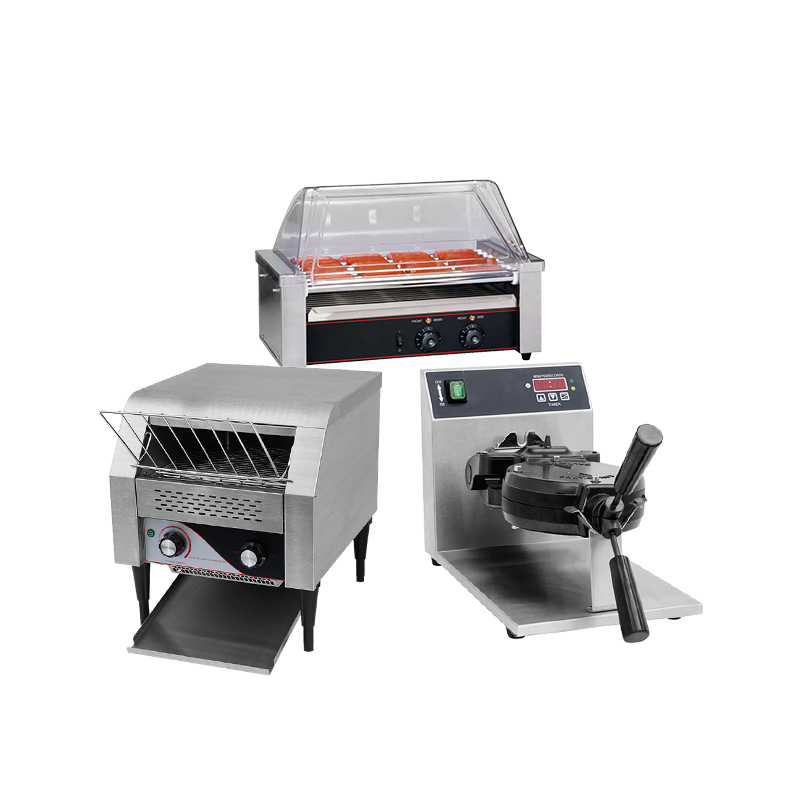



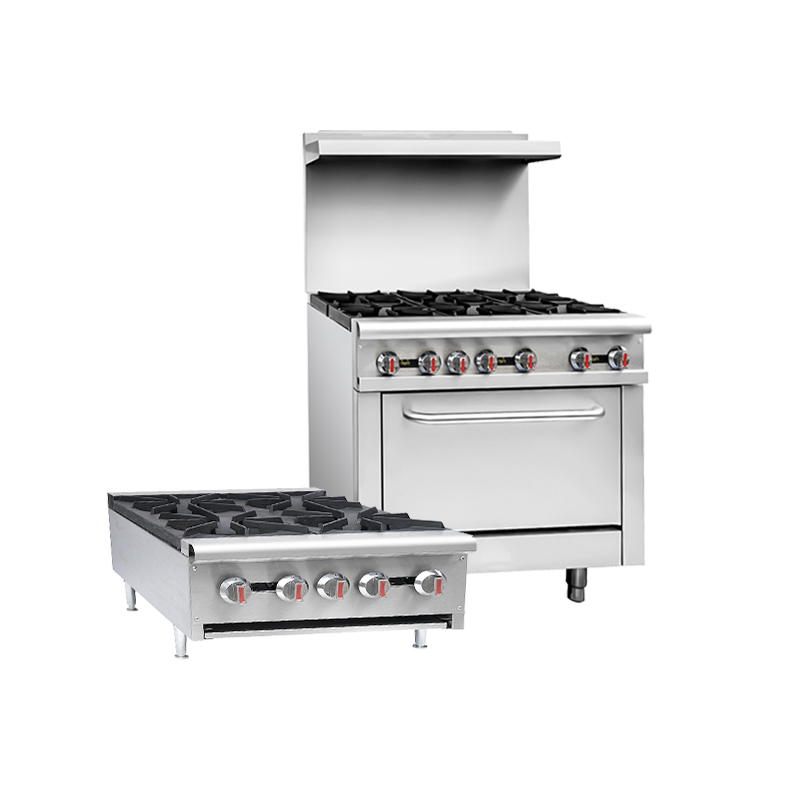


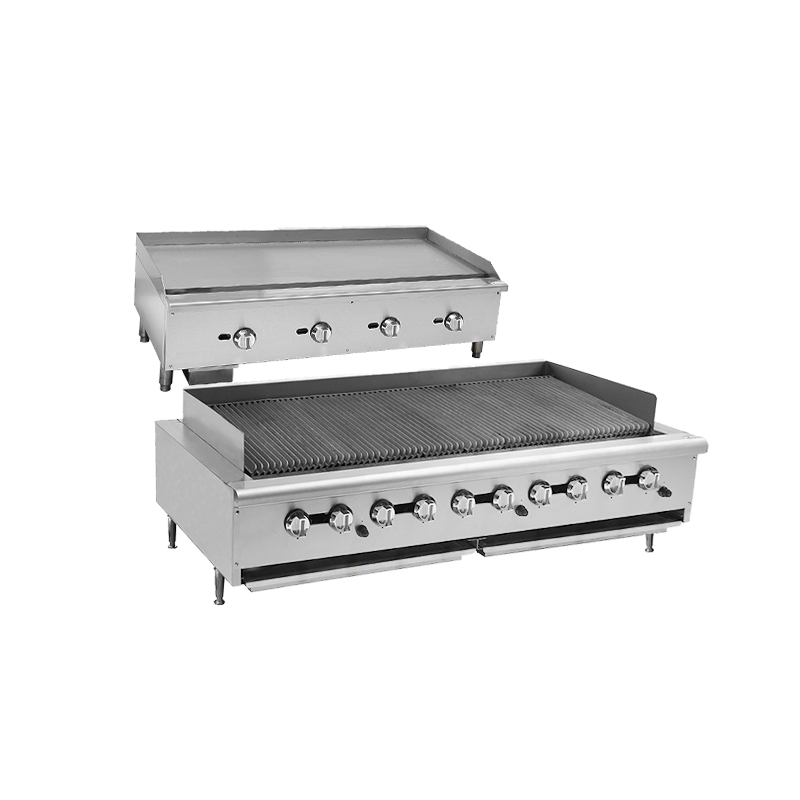

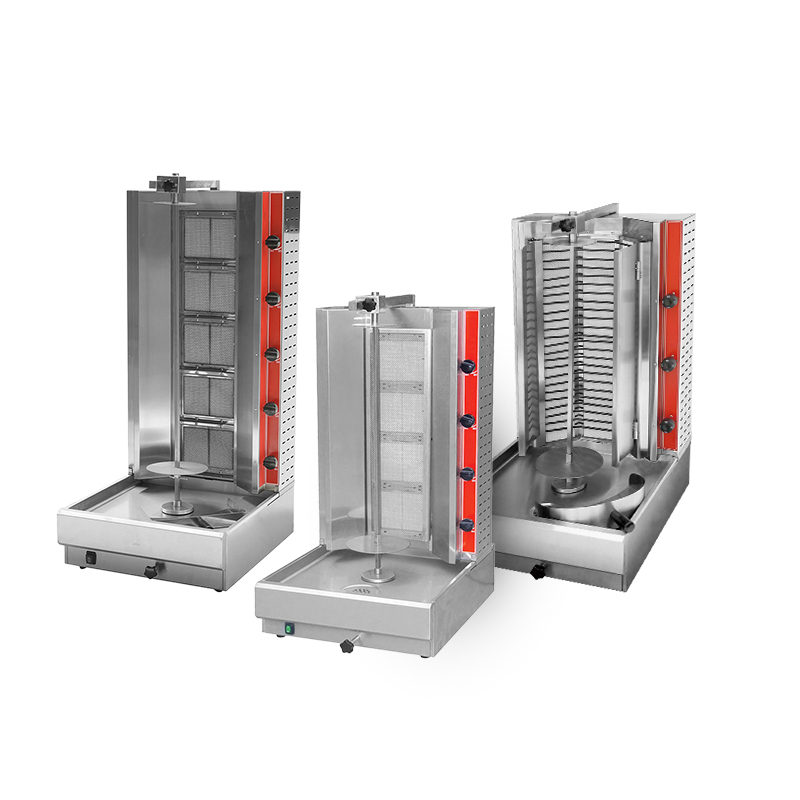

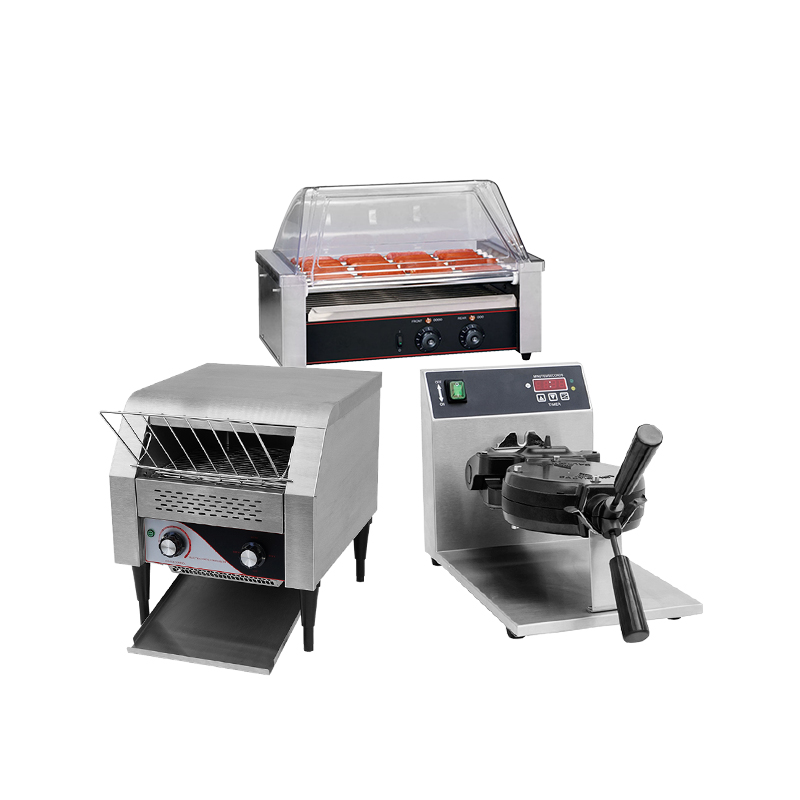



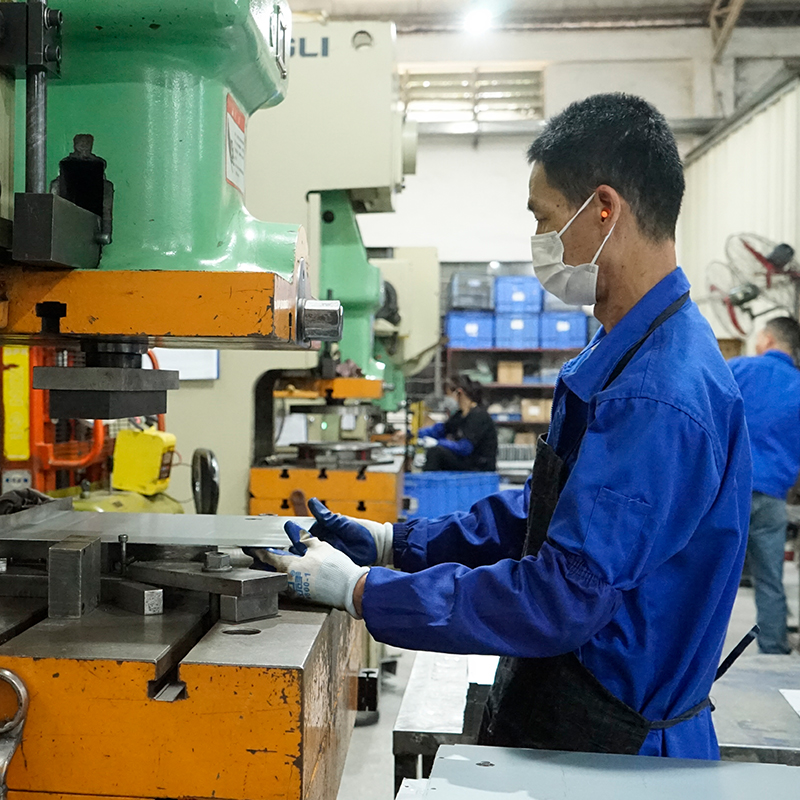



 15920168155
15920168155